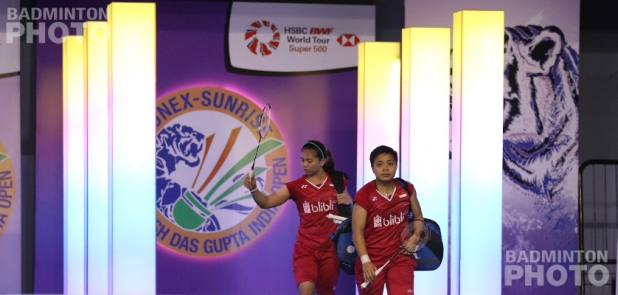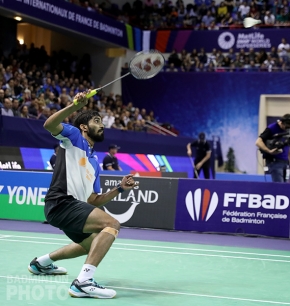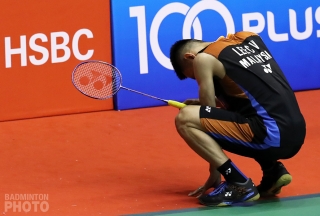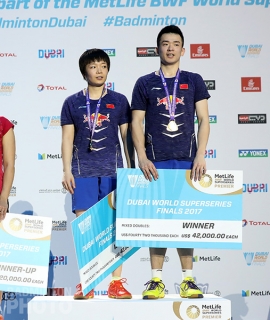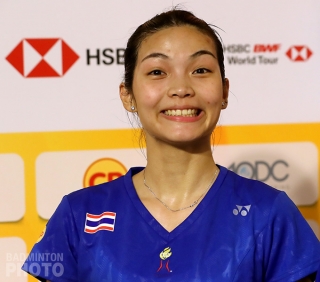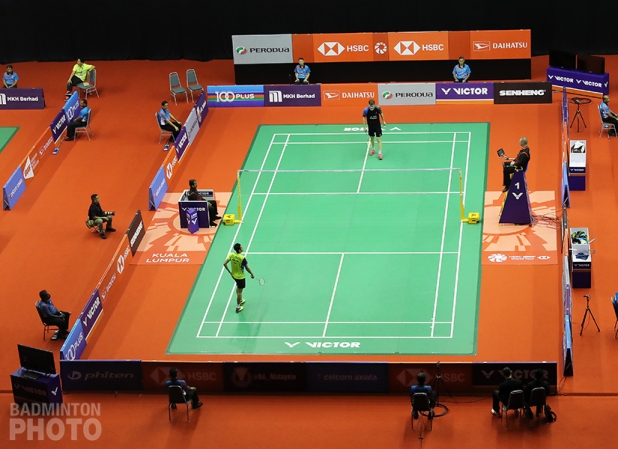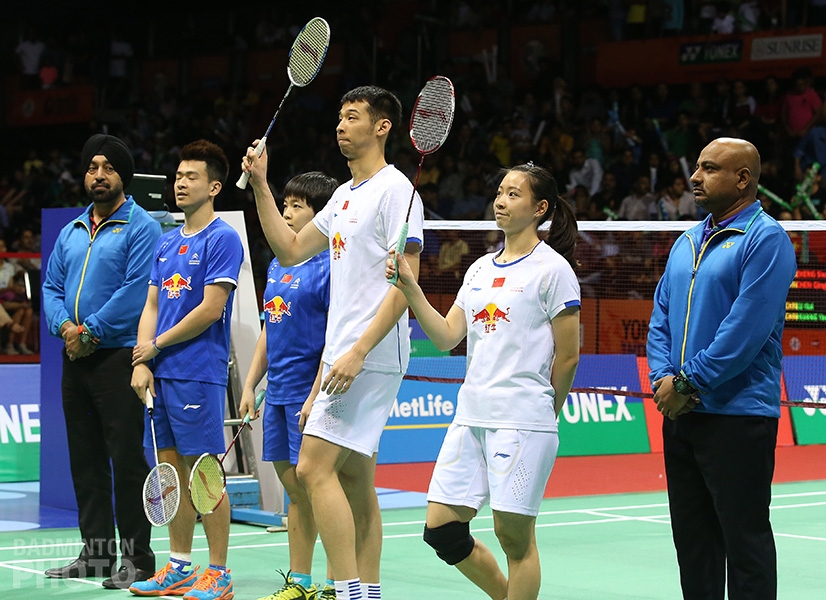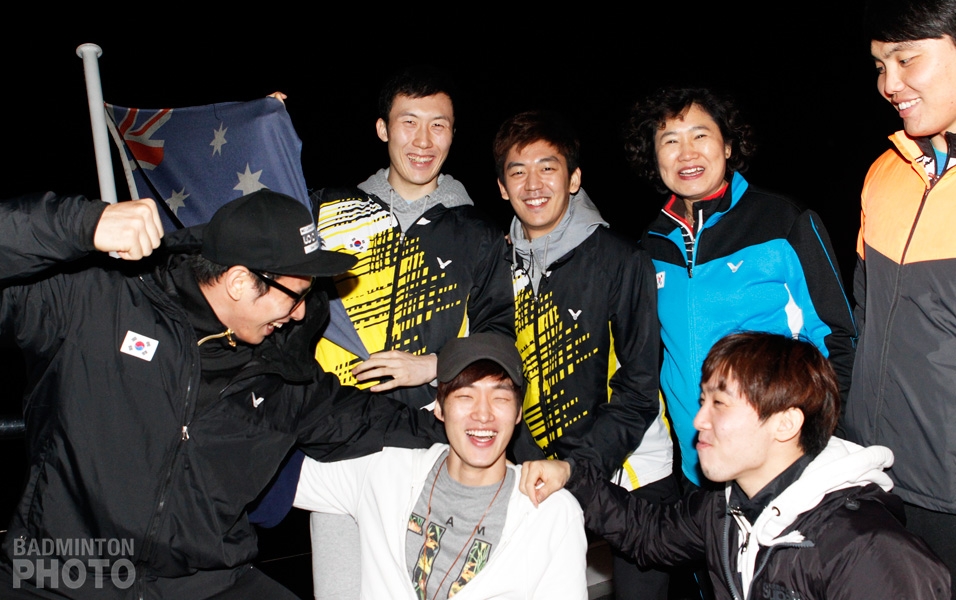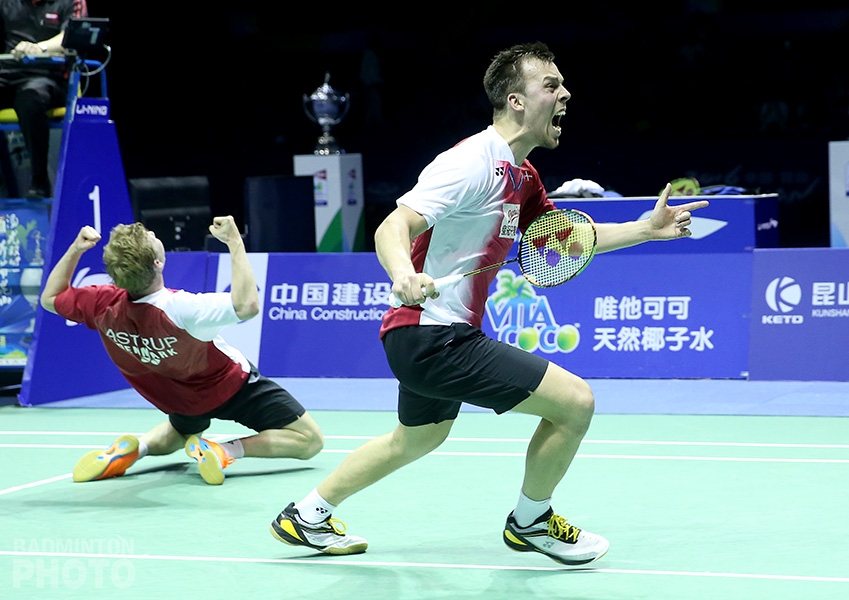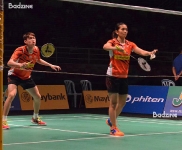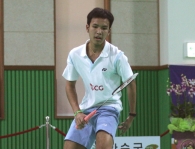While top badminton players complain about being forced to play up to 13 tournaments, new rules could place a world #1 behind an 0-33 shuttler in the race to the season finale of the new BWF World Tour.
By Don Hearn. Photos: Badmintonphoto
The brand-new BWF World Tour has completed its first leg. From now on, it is a case of more, more, and more: more tournaments, each with more prize money, more ranking points, and more requirements of the top players to participate.
The best news that accompanied the announcement of the Badminton World Federation (BWF)’s new tournament format was the substantial increase in prize money. From US$9,720,000 in 31 tournaments from Grand Prix on up to the Superseries Finals in 2017, the total has shot up to $13,755,000 in 38 tournaments. More than half of the increase is set to come from the events staged by China (which upped its total prize money for the year by $875,000), Indonesia (+$670,000), and France (+$480,000).
But while capitalism entails having to spend money to make money, in the top echelons of badminton, the BWF rules mean that if you don’t want to make money, you might end up having to spend it.
From 10 to 13: If you’re one of the best, you pay to rest
Several players have complained over the last couple of months of new rules forcing top players, on threat of hefty fines, to play up to 13 of the highest-level events on the new calendar. This is up from last year, when players ranked in the top 10 were required to play all five Superseries Premier events, 4 of the 7 regular Superseries tournaments, and the Superseries Finals if they qualified.
Under the latest rules, a category dubbed “Top Committed Players” has been expanded and now includes all players ranked in the top 15 in singles and the top 10 in doubles, as of the preceding December. These players must now play in all 8 of the $700,000+ events (Super 1000&750) that replaced the former Superseries Premier, as well as 4 of the 7 Super 500 (formerly the regular Superseries) events. In addition, under rules dating back to 2010, all players who qualify for the season finale – the Superseries Finals from 2010-2017 and now the World Tour Finals – have been forced to participate. The penalty is US$5,000 for each of these 13 events that a player skips.
Lee Chong Wei recently pointed out that this rule puts him on the hook for 19 tournaments in the year when he will turn 36, since his association, sponsors, and fans will expect him to play the Thomas Cup, World Championships, Badminton Asia Championships (team and individual), as well as the Asian and Commonwealth Games. In fact, if you count the fact that those two multi-sport events also have team events, it will be 21 events for the ageing former world #1, who played 12 tournaments in 2017 and reached fewer finals than in any year since 2005.
Of the three oldest members of the men’s singles top 10, only Chen Long has won a match so far in 2018. Chen, Lee Chong Wei, and Lin Dan all lost in the first round of the Malaysia Masters and Lin Dan did the same a week later in Jakarta.
Lee Chong Wei, who withdrew from the Indonesia Masters, has 3 more Super 500 tournaments to play to make his quota. Many other top players are in the same boat, but only 9 of the 86 players in the “Top Committed” category have yet to play a single match and will have to pay if they don’t play all four remaining Super 500 events.
From 12 to 33: Qualifying for the Finals
Last year, qualification for the $US1 million Superseries Finals in Dubai was based on total ranking points from the 12 Superseries events from March to October. This year, the entire BWF World Tour gets counted, plus the 11 Super 100 events. Of this last category, the BWF says – rather confusingly – that they are part of the ‘BWF Tour’ but not the ‘BWF World Tour’, a distinction which seems to relate mostly to whether their major sponsor has its name attached to it.
While the total number of tournaments in the BWF World Tour, plus the BWF [not-World] Tour Super 100 equals 37, 4 in the bottom category are held concurrently with other events so the maximum a player could play to accumulate points towards the World Tour Finals is 33. Interestingly, if a player or pair were to enter 33 events and lose in the round of 32 every single time, they would still pick up over 65,000 points. That is more than Son Wan Ho and world #1 Zheng Siwei / Chen Qingchen earned in finishing atop the Superseries tables in 2017!
However, the top players can’t use the opportunity to qualify through the backdoor – trying to scoop up 7000 points from an easier field instead of 9200 in a tougher one. Those same “Top Committed Players” will have ranking points deducted if they play more than 4 of the ‘Super 300’ events, unless they also play all 15 of the higher-tier events. As only 5 singles players and 6 doubles players played the first 3 ‘Super 500’ tournaments, the other 75 are now facing this 4-Super 300 limit.
Packing in those 38 tournaments
While the above scenario with 33 first-round losses seems fantastical, there actually were several players who played over 30 tournaments in the qualifying period for the Rio Olympics. Czech Republic Olympian Petr Koukal, then 30 years of age, was the most prolific, playing no fewer than 33 international tournaments in 4 continents over that 12-month period. Still, even for shuttlers trying accommodate the events they are forced to play, the 2018 schedule features some troubling patches of tournament concentration.
In 2015, it was announced that the Superseries would take a break in the first two months of the year and for 3 years straight, January and February became a much quieter period, with no more than 3 Grand Prix Gold events. The other period of calm has always been before the World Championships or Olympics, which ever since 2007, have begun at least 4 to 9 weeks after finals day at the last preceding Superseries.
This year, it is exactly 8 days from the end of the Singapore Open in July to the opening day of the Worlds, which begin only 22 days after the end of the Indonesia Open, a compulsory event for the aforementioned “Top Committed Players”. The year began with a January and February populated by 3 Super 500 (formerly Superseries) events, 2 Super 300 (formerly Grand Prix Gold), as well as the Thomas and Uber Cup qualifiers.
Last year, the spring schedule was much fuller, with 3 Superseries, 2 Grand Prix Golds, and the continental championships filling the space between the All England in March and the Sudirman Cup in May. This year, in the 9 weeks between the All England and the Thomas and Uber Cup Finals, there are continental championships and the Commonwealth Games, but no World Tour events above a Super 300. Then less than 2 weeks after the Asian Games finish, the BWF World Tour begins a string of 9 weeks with 5 compulsory tournaments.
Little brother is watching you
It is no secret that the badminton world yearns for the finances and the recognition enjoyed by tennis. One thing that is hard to miss in the nomenclature of the new BWF format is the obvious similarity to the men’s tennis circuit.
| ATP World Tour Finals ATP World Tour Masters 1000 ATP World Tour 500 series ATP World Tour 250 series |
BWF World Tour Finals BWF World Tour Super 1000 BWF World Tour Super 750 BWF World Tour Super 500 BWF World Tour Super 300 BWF Tour Super 100 |
Why the naming convention would need to be so similar to tennis is unclear, but the BWF is obviously trying to increase the profile of its badminton tour with increased prize money. Top tennis players may not be forced to participate in their top events but this is not relevant. Obviously, the current prize money on offer in that sport is all the enticement that is needed.
Now it remains to be seen whether imposing these rules will be a successful way of ensuring that the top players play in the highest-profile badminton events, for what the BWF terms “greater fan engagement“. Even BWF Vice-President Vishu Toolan said the world body would review the new regulations at the Annual General Meeting in Bangkok in May.
In the meantime, the badminton world will continue turning as usual. The next five months feature only one of the aforementioned compulsory tournaments and that is next month’s All England, the one event that only injured players would ever think of missing. Unfortunately, the All England doesn’t exactly have a formula that can be replicated at will. It has a prestige that comes from over 100 years of history and not from prize money, ranking points, or threats of fines. As for how to make the rest of badminton’s best tournaments attractive to fans, players, and television networks alike, the quest continues…
![BWF Tour: From 10 to 13 and from 12 to 33! While top badminton players complain about being forced to play up to 13 tournaments, new rules could place a world #1 behind an 0-33 shuttler in the race to the […]](http://www.badzine.net/wp-content/uploads/ngg_featured/20180203_1405_IndiaOpen2018_MIK_4540.jpg)
